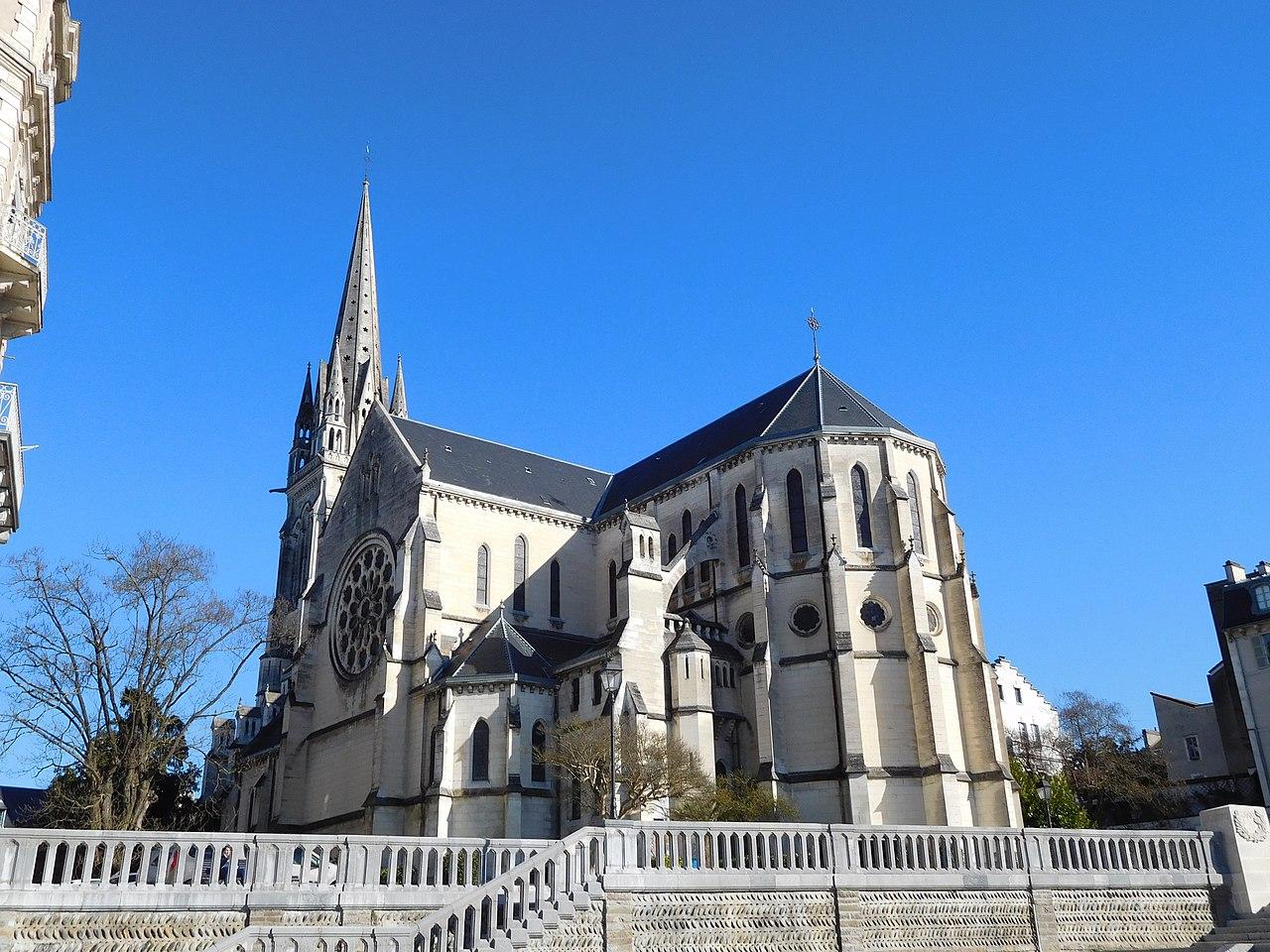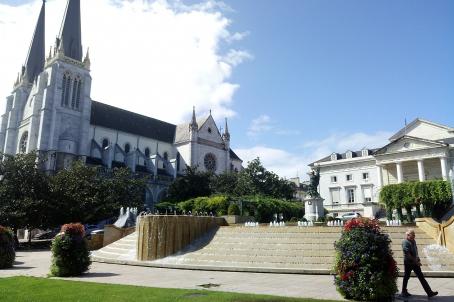Église Saint-Martin
The church of Saint-Martin was first built between 1468 and 1472 on a site opposite the castle of Pau. In the 19th century, the church was too small for the population of Pau and was replaced in 1871 by a new church located a little further east. It was therefore decided to demolish the old church in 1885. The church tower was partially destroyed in 1794, then rebuilt in wood in 1805 before being completely rebuilt when the new Saint-Martin church was built. The new building is of neo-Gothic architecture with a Byzantine influence.




